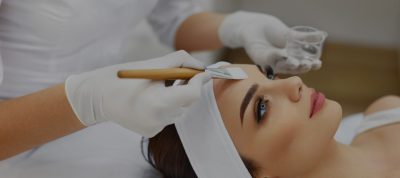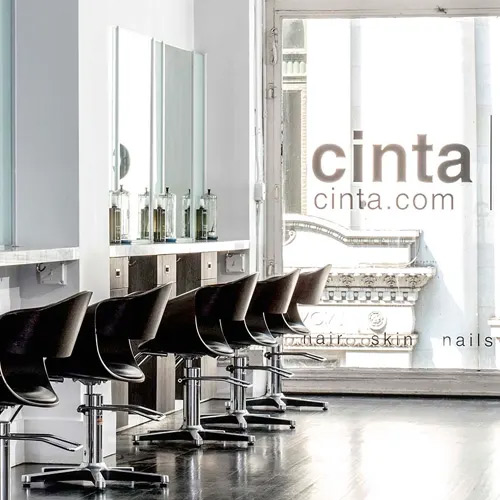It was once said that a facial is not a facial without extractions. What are extractions, you ask? Let’s take a deeper look into the histology—or the study of the structure and function of the skin— to better understand what is happening when your esthetician “extracts” you.
The skin has two main layers, the top layer (really five layers) is the layer we touch and it is called the epidermis. The layer below the epidermis is the dermis.
The five layers of the epidermis are the stratum corneum, stratum lucidum, stratum granulosum, stratum spinosum, and the stratum germinativum. Below the stratum germinativum layer lies the dermal layer, or dermis.
Estheticians are only licensed to work with the epidermis, so the dermis is reserved for the domain of doctors and nurses.
Excepting the palms of the hands, the soles of the feet, the lips, and the eyelids, the rest of our skin surface has hair follicles from which our body hair grows. Hair follicles penetrate into the dermal layer and the hair grows out of the follicle, exiting through the epidermal layer. Along with hair in the follicle is also sebum, or the oil our bodies naturally secrete. Our skin secretes the most oil from our noses, foreheads, and backs, so these areas are common locations for extractions to take place. The sebaceous glands secrete oil into the hair follicle, which then travels up to the surface of the hair follicle and hair shaft to the stratum corneum layer, or the top layer of the skin.
Sometimes, especially for people with oily skin types, a hair follicle becomes clogged with keratinized or dead and hardened skin cells, also known as a blackhead. This can result from a lack of exfoliation. Estheticians are allowed to remove hair and also remove sebaceous matter and blackheads from the skin.
During a facial, the esthetician must prepare the skin first for easy removal. This includes cleansing with warm water and an appropriate cleanser, and using steam for 8 to 10 minutes while the exfoliating mask is removing the top layer of keratinized skin cells. Then the extractions may begin.
The esthetician must wear gloves for the extraction portion of the facial because there is a possibility of a small amount of blood to surface with the extraction. The esthetician may either use an extract ion tool or wrap his or her pointer fingers in a sterile, cotton disposable cloth on top of the gloves.
The extraction happens when either the tool or fingers apply pressure to opposite sides of the extraction site and a downward and inward massaging, milking-like motion is applied. If the skin has been properly prepared and the client’s skin is somewhat hydrated, the blackhead will emerge. It can be as long as a few millimeters in length, and sometimes even a centimeter or more. The purpose of removing blackheads is for a refined appearance of the skin and also to prevent the blackhead from possibly becoming a whitehead, or a pus-filled, closed comedone, commonly called a pimple. Once it evolves into the whitehead stage, your esthetician can no longer extract it.
After the deep cleansing extraction process, your esthetician may apply an astringent or bacteria-killing product like tea tree oil to the extracted area. Lavender essential oil may also be applied to calm and soothe the skin in some cases. The result is a fresh, clean complexion and a smooth skin surface.
If you are looking for a deep cleansing, transformative skincare experience, then make sure the next time you book a facial, you ask for extra time for extractions. They usually take about 15 to 20 minutes for a full, thorough extraction session on oilier skin types. This may reduce the time your esthetician can spend on the relaxing part of your facial like the hand and arm massage. Your esthetician will surely charge more for extra time during your facial, but it will be worth it!











